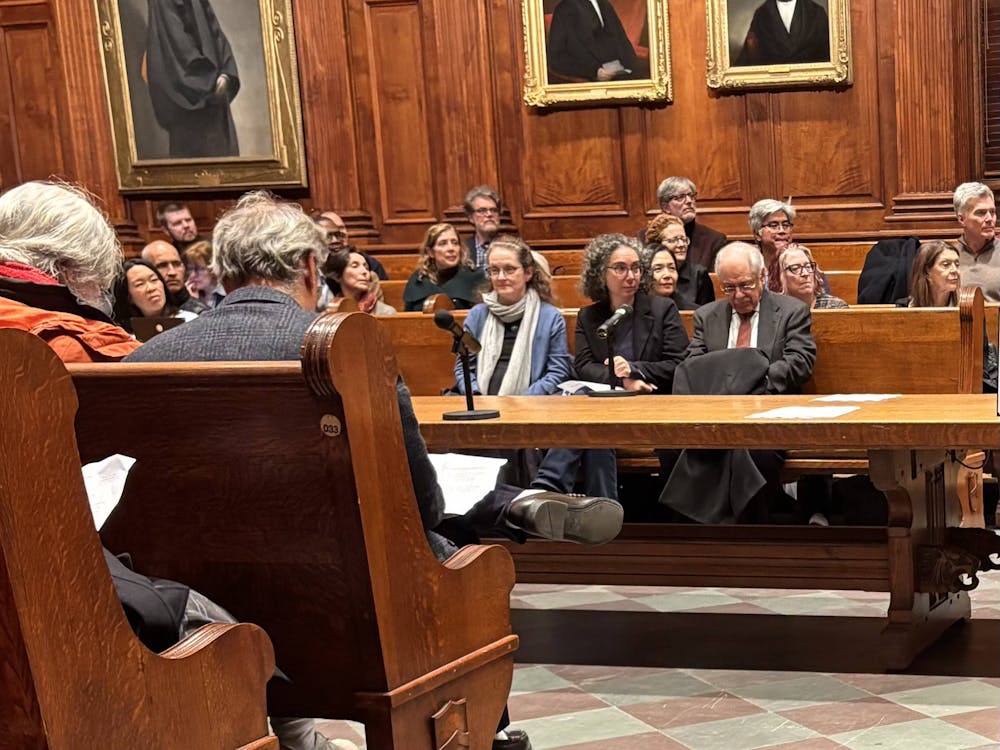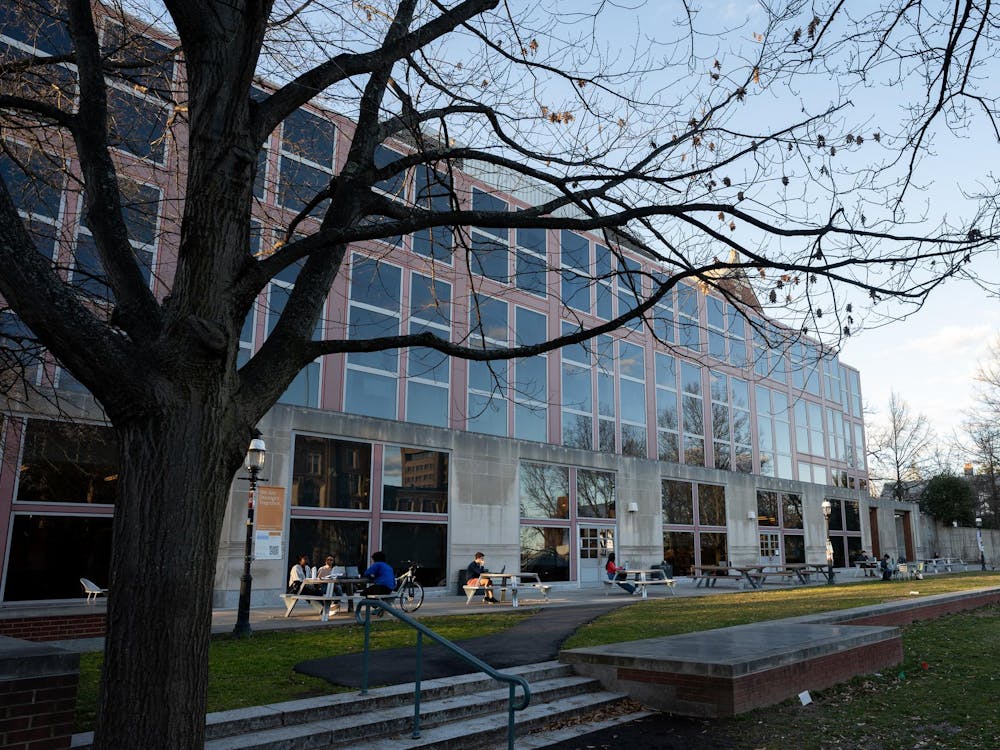Researchers working on the National Spherical Torus Experiment at the U.S. Department of Energy’s Princeton Plasma Physics Laboratory are planning to embark on a list of experiments that will run for eight months, starting in July. The experiments are centered around “scientific puzzles” of plasma and aim to “deepen understanding” of plasma so that its energy can be harnessed, according to a PPPL press release.
The experiments have been scheduled in anticipation of planned upgrades that would shut the facility down for two to three years.
A major focus of the experiments will be exploring how to transport the material, as the edge of plasma can reach very high temperatures and the edge’s temperature can affect the temperature of the even hotter core. Scientists are exploring ways to cool the edges of the plasma body to prevent it from damaging the walls of its container.
NSTX, the largest of the laboratory’s experiments, has been conducted at PPPL for the past 11 years. The plasmas involved in NSTX are confined through magnetic fields and walls that are specifically designed to withstand the high temperatures of plasma, which can exceed 100 million degrees Celsius. While there are similar fusion machines that can be used for such experiments, PPPL Manager of Communications and Media Relations Patricia Wieser said in an email that the NSTX, with its spherical torus, is “unique in its configuration.”
The scheduled upgrades include increasing the magnetic field to improve the machine’s ability to confine plasma and increasing the machine’s power to heat plasma.
“The upgrade will make the machine more powerful and allow researchers to collect more data, which would ultimately aid in the design of future fusion machines,” Wieser said in the email.
The upgrades will begin next April, after the completion of the upcoming experiments. The $90 million cost, spread over several years, will be covered by the DOE, which provides $40 million annually to PPPL. This annual funding will be redirected from operations to construction costs once the machine is shut down for the upgrades.
Though the numbers are not yet certain, PPPL will likely be unaffected by last week’s budget, PPPL director Stewart Prager said in Wieser’s email. “We don’t have the exact figures yet for fiscal year 2011, but we anticipate that the budget for 2011 will be similar to that for 2010,” he explained.







